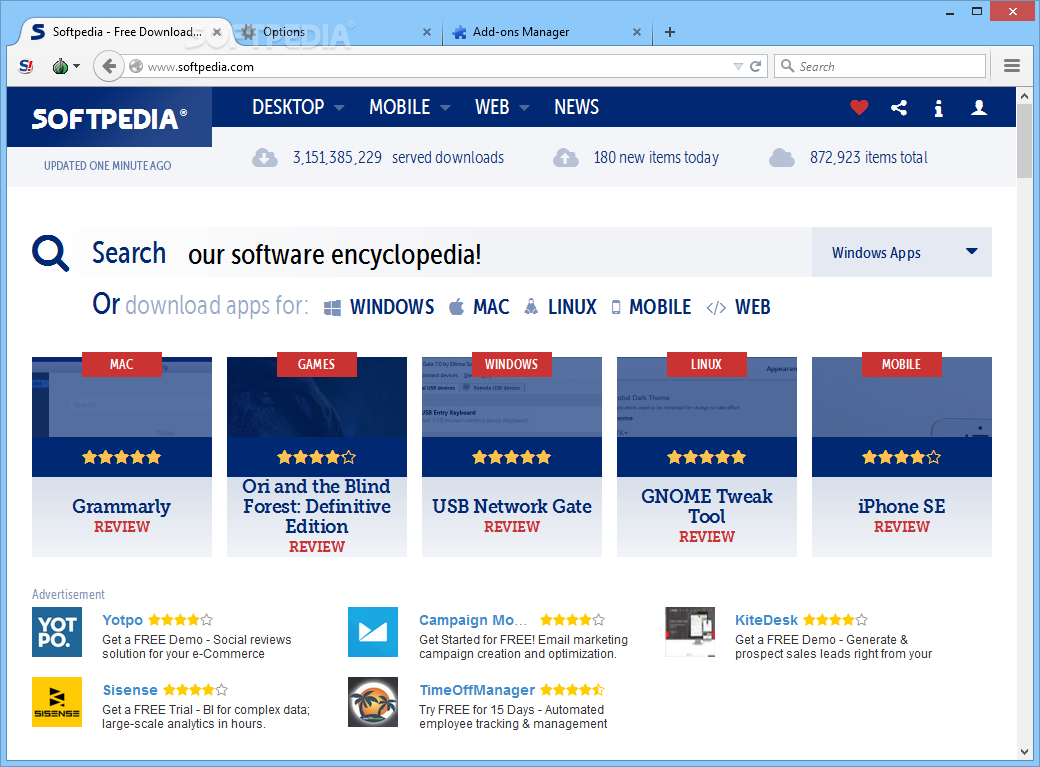


Please return when you have a valid IPv6 address to test. If you need further debug assistance then please see my IPv6 debug suggestions. If you believe that you do have an IPv6 host with a global unicast address (2000::/3) then you may click on this alternative address link to try again. Your machine may have accessed this page using IPv4 if your DNS configuration is broken or your browser or DNS service does not correctly prioritise IPv6. ❌The request for this page was made using an IPv4 address and so your machine cannot be tested : 188.40.85.20.The transition from IPv4 to IPv6.Ībout to assess your host’s connection to this webserver: IPv4 was deployed in the early 1980s and is still primarily used. The reason behind that revision is that the IPv4, which is the still most used version of IP, can no longer provide the number of IP addresses required. IPv6 or IP6 is also referred to IPng (Internet Protocol next generation). On this page you can test the speed of your broadband connection, and compare the performance of your IPv4 and IPv6 connectivity. So far over 117327 IPv6 hosts, and of the order of 8682150 TCP/UDP ports, have been tested. IPscan offers much of the functionality you might hope to find in an IPv6 version of GRC’s ShieldsUP® utility.

Welcome to IPscan, an open source IPv6 port scanner, or firewall tester, which checks multiple, user-selectable TCP, UDP and ICMPv6 services. IPv6 is designed to solve many of the problems of the current version of the Internet Protocol suite (known as IPv4) with regard to address depletion, security, auto-configuration, extensibility, and so on.
#Emaculation sheepshaver internet manual
I don't know if this is here I should be looking as it is superficially different from the documentation, but I have manual and automatic configuration displayed.The Internet Protocol version 6 (IPv6) is a new suite of standard protocols for the network layer of the Internet. RX bytes:306830541 (306.8 MB) TX bytes:47990622 (47.9 MB)Īs far as networking on the guest, here are two screenshots from MacTCP, partly configured. TX packets:181136 errors:0 dropped:0 overruns:0 carrier:0 RX packets:345317 errors:0 dropped:0 overruns:0 frame:0 UP BROADCAST RUNNING MULTICAST MTU:1500 Metric:1 Wlp5s0 Link encap:Ethernet HWaddr bc:a8:a6:0d:94:40 TX packets:10129 errors:0 dropped:0 overruns:0 carrier:0 RX packets:10129 errors:0 dropped:0 overruns:0 frame:0 TX packets:0 errors:0 dropped:0 overruns:0 carrier:0Įnp4s0 Link encap:Ethernet HWaddr 00:22:20:19:a5:45 RX packets:0 errors:0 dropped:0 overruns:0 frame:0 Regarding questions on how networking is configured in the host, it is on a NATted LAN behind a server: $ ifconfig -aĮnp0s25 Link encap:Ethernet HWaddr 00:22:20:19:a5:16
#Emaculation sheepshaver internet driver
This is from a Linux Mint 18.3 Sylvia system I assumed that the Ubuntu driver would be closer than SUSE, but maybe it wasn't close enough.Īdvice on which paths to take within the documentation? Insmod: ERROR: could not insert module sheep_net.ko: Invalid module format However, when I tried to do that I got an error: $ sudo insmod sheep_net.ko sudo chown “yourusername” /dev/sheep_net (this prevents you having to run as root to have network access, but you'll have to perform this step every time before starting Basilisk under a non-root account) What needs to be done so that a classic Macintosh VM sees the network from a networked Linux host? I believe this is because networking is not (adequately) set up in BasiliskII or the guest. I am interested in getting iCab, and/or Classilla, to work under a BasiliskII VM with System 8.7.Īt present I've gotten iCab to run, but not see the network or load e.g.


 0 kommentar(er)
0 kommentar(er)
